- Blog
- About
- Articles
-
Places to visit
- Afife
- Águeda
- Albufeira
- Aljezur
- Almourol
- Alvor
- Amarante
- Arrifana
- Aveiro
- Azenhas do Mar
- Berlenga Grande Island
- Braga
- Caminha
- Cascais
- Castelo Branco
- Coimbra
- Condeixa-a-Nova
- Covilhã
- Douro Valley
- Ericeira
- Espinho
- Évora
- Fátima
- Figueira
- Figueira da Foz
- Funchal, Madeira
- Gondomar
- Guimarães
- Lagoa Comprida
- Lagos
- Leça da Palmeira – Vila do Conde
- Leiria
- Lindoso
- Lisbon
- Loriga
- Manteigas
- Marvão
- Miramar
- Monção
- Monsanto
- Montemor-o-Velho
- Nazaré
- Óbidos
- Peneda-Gerês National Park
- Peniche
- Piódão
- Ponta Delgada, São Miguel Island (Azores)
- Ponte da Barca
- Ponte de Lima
- Portimão
- Porto
- Praia da Costa Nova
- Praia da Ribeira do Cavalo
- Praia da Rocha (Portimão)
- Praia de São Julião
- Rota Vicentina
- Sagres
- Sandomil
- Santa Maria da Feira
- Seia
- Serra da Estrela
- Sesimbra
- Sintra
- Sintra-Cascais Natural Park
- Soajo
- Tomar
- Valença
- Valongo
- Viana do Castelo
- Videos
- Facts
- Press
- Contact
|
Having seen all the seasons pass in Portugal, I thought I’d give an overview of what to see and expect in the country as the calendar ticks over. While the ideal timing of your visit will depend on personal preferences and schedules, as someone who travels a lot, I’ve come to realise it can be nice to travel at any time of the year, even if it’s not considered ‘the’ time to go. Places can change so much month-to-month, and what you experience in June can be completely different to November. You could visit the same city in each season and have a completely different holiday. Summer is a good time to visit Portugal if you want to enjoy long, sunny days and the reassurance that attractions will be open. Of course this is also the busiest time so you’ll have to contend with larger crowds and higher prices. If throngs of people make you squirm or you’re the type who fancies breaking away from the pack, there are some lovely sights to be seen throughout the year, as you’ll soon discover. THE SEASONS IN PORTUGAL Portugal’s seasons are determined using the astronomical method, meaning they generally start somewhere between the 20th and 23rd day of the month (unlike Australia for example, where the start of the season is meteorological and is always marked by the 1st of the month). Summer (verão): mid-June to mid-September SUMMER Towns and cities across Portugal have real energy in summer. The streets are alive and the sun is nearly always out. Sardines are at their plumpest and free music festivals pop up in the parks. Summer in Lisbon: when the city bursts to life I particularly love Lisbon in summer - it’s such a happy place and the colours of the buildings really shine. I’m not the only one who fancies Lisbon (or Porto, or the Algarve) in summer though and the warmer months cue an onslaught of tourists. I swear it’s like I wake up one day in June and think, where the flip did all these people come from? Summer in Porto: maybe not as balmy as you’d think Porto usually has a few hot weeks in summer, then becomes more temperate. Fog is common throughout the season, so clear skies can tag-team total whiteouts. Personally, I wouldn’t ever describe Porto as a summery destination and would rarely go out at night without a light cardigan or scarf in my bag (but remember I am a Queenslander, which in Australia is aptly nicknamed the sunshine state). The ocean in northern Portugal is always Bigglesworth-freezing and you’d do well with a wetsuit year round. The water gets (slightly) warmer as you head south though. Outside Lisbon, beach towns like Cascais pump through summer, with water sports a popular pastime, and the Algarve is Portugal’s lauded beach region. Beaches in the Algarve: all the summer feels The Algarve is usually what people are thinking of when they reference Portugal as a tropical beach destination. Places like Lagos and Praia da Rocha (near Portimão) know how to rock a summery vibe and amass a festive atmosphere as the temperatures rise. If you love to party, summer’s your girl in these parts. Hot summers in the Douro Valley If heading upriver from Porto to the Douro Valley in summer, be prepared for scorching heat. The Douro region is warmer than the city and temperatures can hit the 40s. You can (and should) still visit – just be prepared. Visiting the Azores in summer The Azores islands are great to visit in summer, but have fickle weather, so it’s best to bring a jacket regardless of the time of year. The highlight here is the hydrangeas that line the roads and cut through paddocks. Summer in the Azores is magic. Watch the video I made on São Miguel Island in July (you can see the sky shifted between grey and blue, but it was stunning regardless). Summer festivals in Portugal The little town of Águeda in northern Portugal holds its AgitÁgueda art festival in July, better known to some as Portugal’s umbrella festival. It’s fun and colourful and worth a visit. Medieval festivals such as Viagem Medieval a Santa Maria da Feira also happen around this time. Then there are a couple of next-level festivities, as below. Party up at Festas dos Santos Populares Discerning travellers should be aware there are mad-crazy-super-fun festivals held in Lisbon and Porto each year to celebrate the city saints. Festas do Santo António happen in Lisbon throughout June with the main event on the 12th, and Festa de São João in Porto goes nuts on June 23rd. Accommodation on these nights will be at a premium, but if you snag a room, the festivals could easily be the highlight of your trip. The cities are so packed it’s like a giant truck full of party people tipped over and rolled down the streets. What could be more fun than that? (Read my contribution to Lonely Planet about the São João festival in Porto.) AUTUMN/FALL Autumn in Portugal, when everything is calm Despite being a diehard summer fan, I love Portugal in autumn. The streets are quieter, the red and orange trees are beautiful, and it’s a different landscape to what you normally see on brochures (in a good way). Once the tourists traipse home, it’s just the locals and alley cats left wandering the streets, making everything feel peaceful. You can also stroll into major attractions without risking selfie stick-to-eyeball collisions. Cherry blossoms in Portugal Most people know you can see cherry blossoms in Japan, but did you know Portugal has cherry blossoms too? You’ll find them in the area of Serra da Gardunha in central Portugal, with Fundão usually considered the floral hub. A dedicated train ride is coordinated each year by Portugal’s main train company cp.pt to take you past the blossoms. This is called Cerejeiras em Flor de Comboio. The trips usually run for around three weeks in March or April, depending on the season. There are also lots of almond trees across Portugal, which are similarly enchanting once their flowers rouse. When the mountains and valleys turn to gold The Douro Valley exists in a constant state of beauty, but in autumn it’s spectacular. Crunchy gold hillsides are laced with auburn and red and the odd pop of green. The mountains in the central region are also beautiful. Places like Serra da Estrela and Serra de São Mamede will make you go wow with warm, earthy colours. Have a look at my photos of Loriga, Manteigas and Seia. Harvest season in Portugal Portugal is a jam of wine producing regions, so harvest season is an important time of year. Grape harvest times vary by location and from year-to-year, but usually occur around September or late August. Select wineries will let you get in on the action with some foot-stomping. Portugal’s autumn festivals Those with a sweet tooth should head to Óbidos in April for the chocolate festival, while bird-lovers can migrate to Sagres on Portugal’s southern tip for the birdwatching festival. WINTER Yes, it snows in Portugal Most people wouldn’t think of Portugal as a white winter wonderland, but yep, it snows. While not an optimal ski destination compared to other places in Europe, it’s possible to carve the slopes in Serra da Estrela, where you’ll find Portugal’s highest peak. It sometimes also snows in the Peneda-Gerês National Park. Even though Portugal isn’t a hotspot for snow sports, the landscape is beautiful and quite special, perhaps because snow isn’t something normally associated with the country. Watch the video I made in Serra da Estrela and Serra de São Mamede to see some of the snow (and autumn leaves). This was actually shot in November – the snowflakes can occasionally tumble early. I’ve also got some pics of Lagoa Comprida blanked in snow. Doors might close in winter One thing to keep in mind if visiting Portugal in winter is that some attractions, particularly wineries, close over the colder months. Not all tours will operate over winter or will only run on demand, so call or email ahead to check schedules. Other places like churches, monuments and well-known cafés are fabulous to visit in winter as queues pretty much disappear. The spindly trees are also super cool, particularly in Porto where the grey-on-grey city feels a bit Hogwarty. How cold is Portugal in winter? Flippin’ freezing. Some people don’t believe me, but Portugal gets ridiculously cold. In fact, it’s where I’ve felt the coldest in my life … which doesn’t necessarily hold much weight given I grew up in northern Australia. But let me back that up with the sentiments of people from Finland, Estonia, the UK, Italy and Iceland who have told me the same thing. While the temperatures themselves don’t rival the sub-zero-then-some chilliness of other parts of Europe, Portugal ain’t got no central heating. Unless you’re in a modern establishment (of which there are few, because many of Portugal’s towns and cities have been around for dinosaur years), you’ll likely be faced with single-pane windows, no insulation and maybe a draught under the door. Outside it will probably be raining with a bit of wind to punish your sins. Freestanding heaters provide minor relief to the sole body part in their immediate range, while most heat dissipates into thin air. Cold humidity was a new concept to me when I came to Portugal (humidity in Australia is warm), and it's not a concept I’ve become fond of, as it generally means feeling cold and damp. This joyous sensation is most typical to the northern and central regions of Portugal. I realise I just made winter sound horrendous, but keep reading, it’s not all bad. Record-breaking waves in Nazaré One place that should be on your winter list is Nazaré. Nazaré is not only a traditional seaside village with lots of culture and awesome views, it’s also where the biggest wave in the world has been surfed. Wave heights fluctuate, but generally ramp up around December. Watch this video of my fellow Aussie Jamie Mitchell tackling a Nazaré monster. Beeline to the islands or southern beaches in winter If you’re not keen on the cold, you can still snavel some warmth in offshore and southern Portugal in winter. The Algarve and the island of Madeira are popular getaways for Brits and those from other parts of Europe to escape the dreary winters of their home countries. Winter events in Portugal To further soften the winter blues I should mention that Portugal is great at events. Places like Porto and Lisbon have a wonderful atmosphere around Christmas-time, with lights, art installations, skating rinks and markets dotted across the cities. The smell of chestnuts drifts down the streets and you can drink warming tawny port to your heart’s content. The island of Madeira is known to throw a rollicking New Year’s Eve party, and there are Carnival festivities across the country in February. Public transport timetables Something to note is that public transport timetables (and other schedules) often change between summer and winter. Usually you can check these online. SPRING When all the pretties bloom As in many countries, the flowers in Portugal pop open in spring and you’ll find these colourful beauties everywhere. I recall a trip to Albufeira in springtime when the flowers were just delightful. Goodness knows how many photos I took. Madeira’s florals are also incredible and the island holds a flower festival to celebrate them just after Easter. Hiking in Portugal National and natural parks like Peneda-Gerês, Sintra-Cascais and Serra da Estrela are great for hiking in spring given the warm temperatures and more settled weather. The Rota Vicentina hiking trails are also fabulous in spring and autumn. Cute small towns and cities Places like Ponte de Lima, Amarante, Piódão, Aveiro (including Praia da Costa Nova), Soajo, Tomar and Braga are also lovely in springtime, and can be less busy than the summer months. In fact, this is true for most of the country, so spring tends to be a great time to visit. Spring events in Portugal In Porto, spring draws one of Europe’s biggest music festivals, Primavera Sound, and in May, Coimbra roars to life with student parties. May also sees one of the world’s most famous Christian pilgrimages take place in Fátima. If you’ve got any tips or events you want to add, post a comment below.
9 Comments
Lowell Sanowitz
7/5/2019 03:47:49 pm
My wife & I are taking our two daughters 53 & 61 with our son in law 63 and two grandchildren 28 and 31 for our 65th Ann. We habe4 been to Portugal before, to Lisbon,Porto,Evora, Tomar, Coimbra,Busseco, It will be in June 2020 We all interested in Art,history,culture,food & wine
Reply
10/5/2019 09:37:39 am
Sounds like you've seen lots of places in Portugal already! :-)
Reply
21/7/2020 02:52:43 pm
this is amazing post thanks for sharing information with us
Reply
26/7/2020 09:38:31 am
Thanks for your comment. Glad you found it helpful!
Reply
Leave a Reply. |
AboutThe Portugal Wire is the blog of Australian travel writer, copywriter and photographer Emily McAuliffe. Previous postsThings you might not know about Portugal A brief history of Portugal Who was the first person to sail around the world? (Hint: he was Portuguese ... and then he wasn't) A quick overview of Portugal's economy 25 April: a shared day in history for Australia and Portugal Portugal's bridges: go big or go home Portugal and Spain: same same but different? Interesting facts about Porto Traditional Portuguese food: what to eat and drink in Portugal Who are they? Famous names on the streets of Portugal Interesting facts about Lisbon Uncovering Porto's secret gardens Lonely Planet Instagram takeover: sharing some of my favourite hidden spots in Portugal In the news... my feature in Portugal's national newspaper Diário de Notícias On board the Presidential train in Portugal's Douro Valley When the lion mauled the eagle (Porto) Kicking design goals: Cristiano Ronaldo & Pestana's CR7 hotels Lovely Lisbon: my top picks of where to eat, drink, visit and stay in Portugal's capital city Porto street art: fighting the good fight The best places to visit in Lisbon: 5 of my favourite neighbourhoods Big waves in Nazaré: my favourite beach town in Portugal Best things to do in Porto Portuguese wine: yes, the wines of Portugal extend far beyond port Portuguese architecture Part I: Manueline style Portuguese architecture Part II: Pombaline style When is the best time to visit Portugal? Food to try in Porto: northern Portuguese cuisine explained Filigree designs: the beauty behind traditional Portuguese jewellery Archive
December 2019
Categories
All
|
THE PORTUGAL WIRE
Emily McAuliffe
- Blog
- About
- Articles
-
Places to visit
- Afife
- Águeda
- Albufeira
- Aljezur
- Almourol
- Alvor
- Amarante
- Arrifana
- Aveiro
- Azenhas do Mar
- Berlenga Grande Island
- Braga
- Caminha
- Cascais
- Castelo Branco
- Coimbra
- Condeixa-a-Nova
- Covilhã
- Douro Valley
- Ericeira
- Espinho
- Évora
- Fátima
- Figueira
- Figueira da Foz
- Funchal, Madeira
- Gondomar
- Guimarães
- Lagoa Comprida
- Lagos
- Leça da Palmeira – Vila do Conde
- Leiria
- Lindoso
- Lisbon
- Loriga
- Manteigas
- Marvão
- Miramar
- Monção
- Monsanto
- Montemor-o-Velho
- Nazaré
- Óbidos
- Peneda-Gerês National Park
- Peniche
- Piódão
- Ponta Delgada, São Miguel Island (Azores)
- Ponte da Barca
- Ponte de Lima
- Portimão
- Porto
- Praia da Costa Nova
- Praia da Ribeira do Cavalo
- Praia da Rocha (Portimão)
- Praia de São Julião
- Rota Vicentina
- Sagres
- Sandomil
- Santa Maria da Feira
- Seia
- Serra da Estrela
- Sesimbra
- Sintra
- Sintra-Cascais Natural Park
- Soajo
- Tomar
- Valença
- Valongo
- Viana do Castelo
- Videos
- Facts
- Press
- Contact
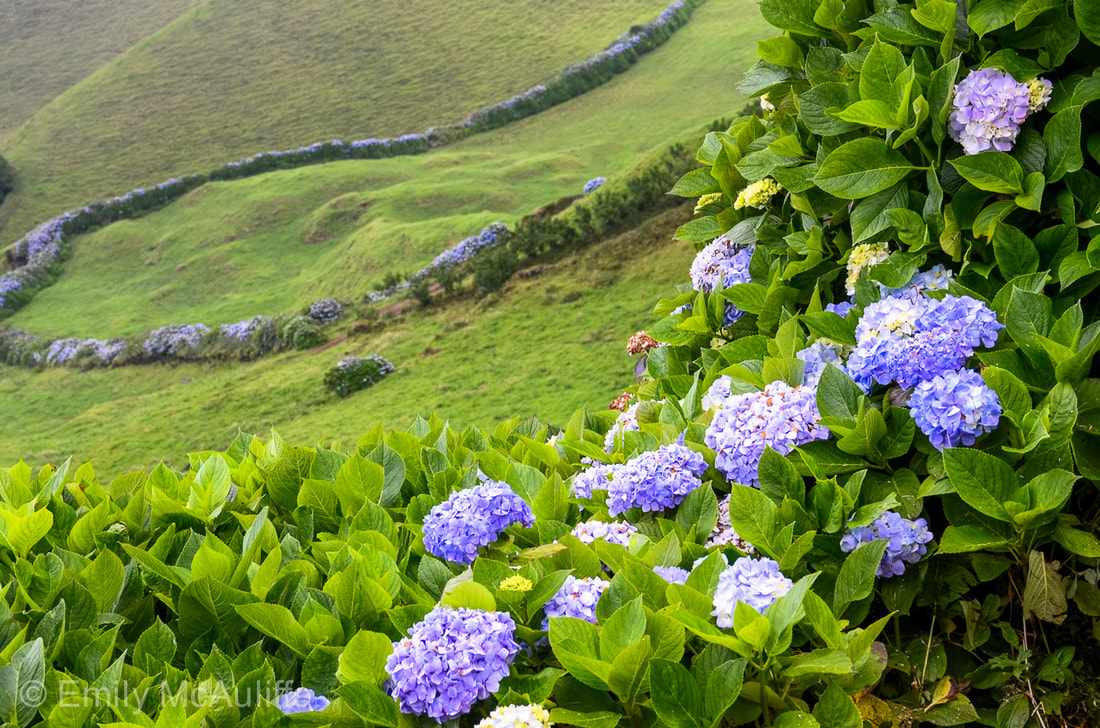
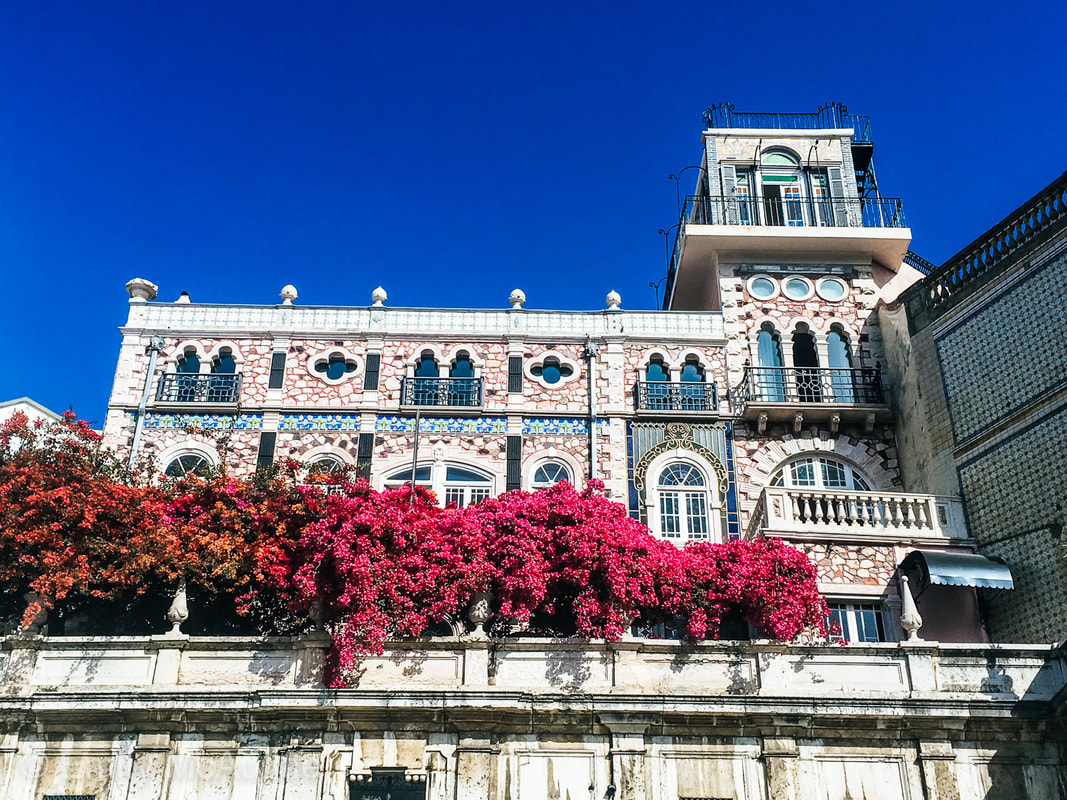
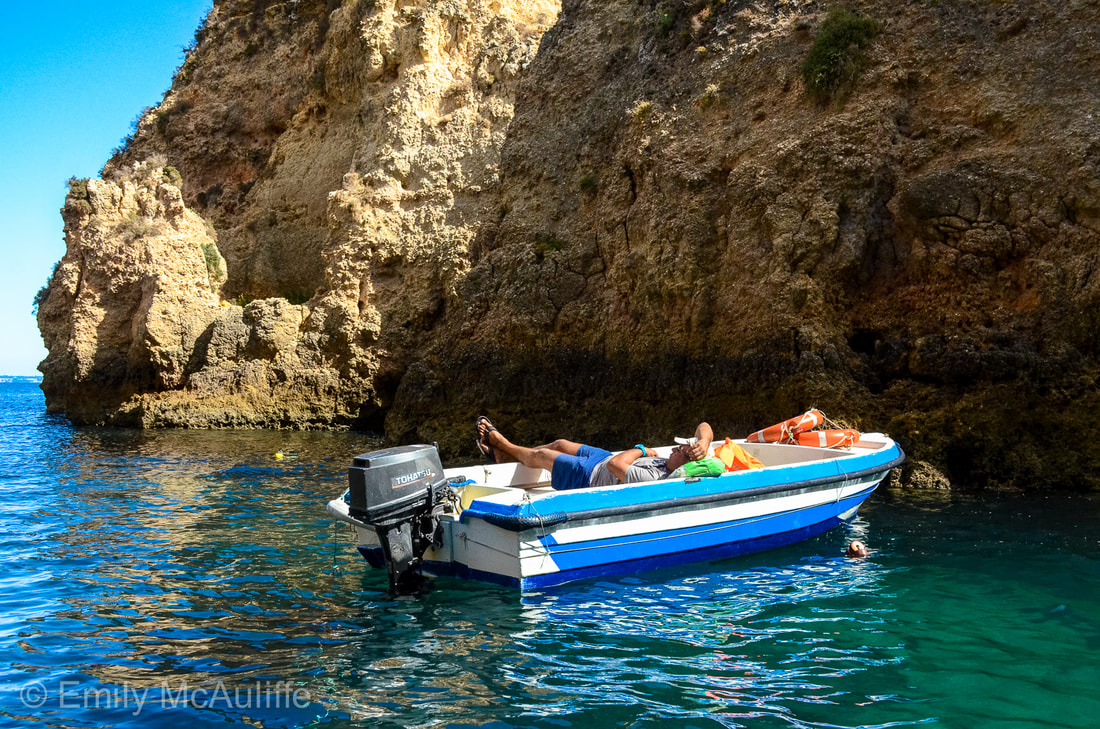
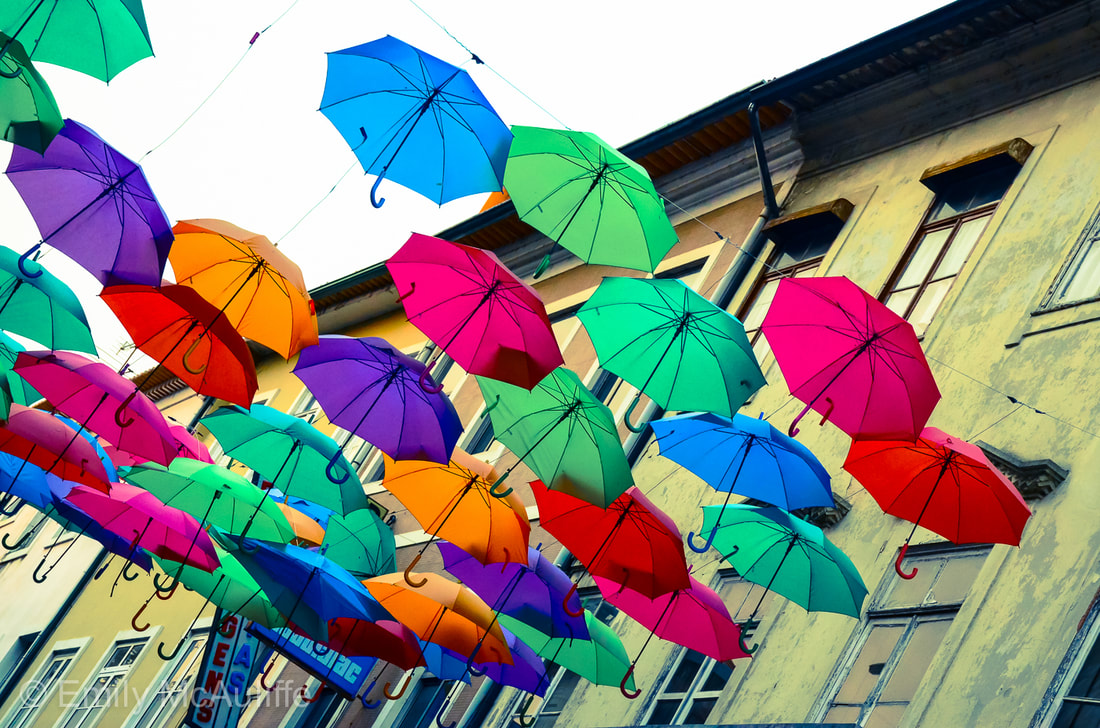
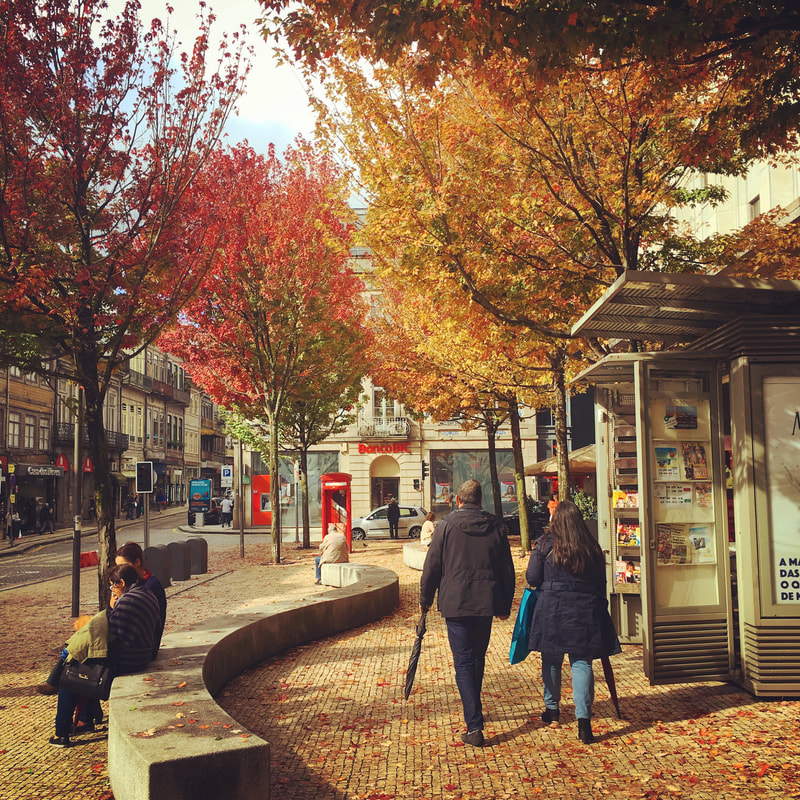
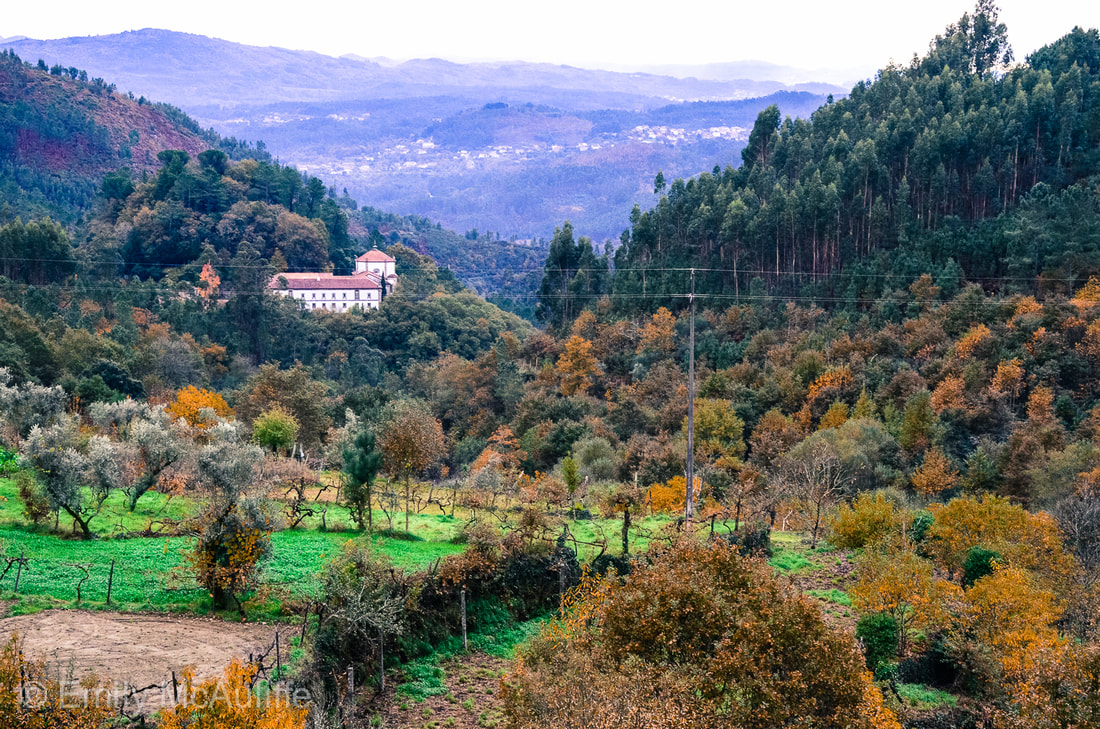
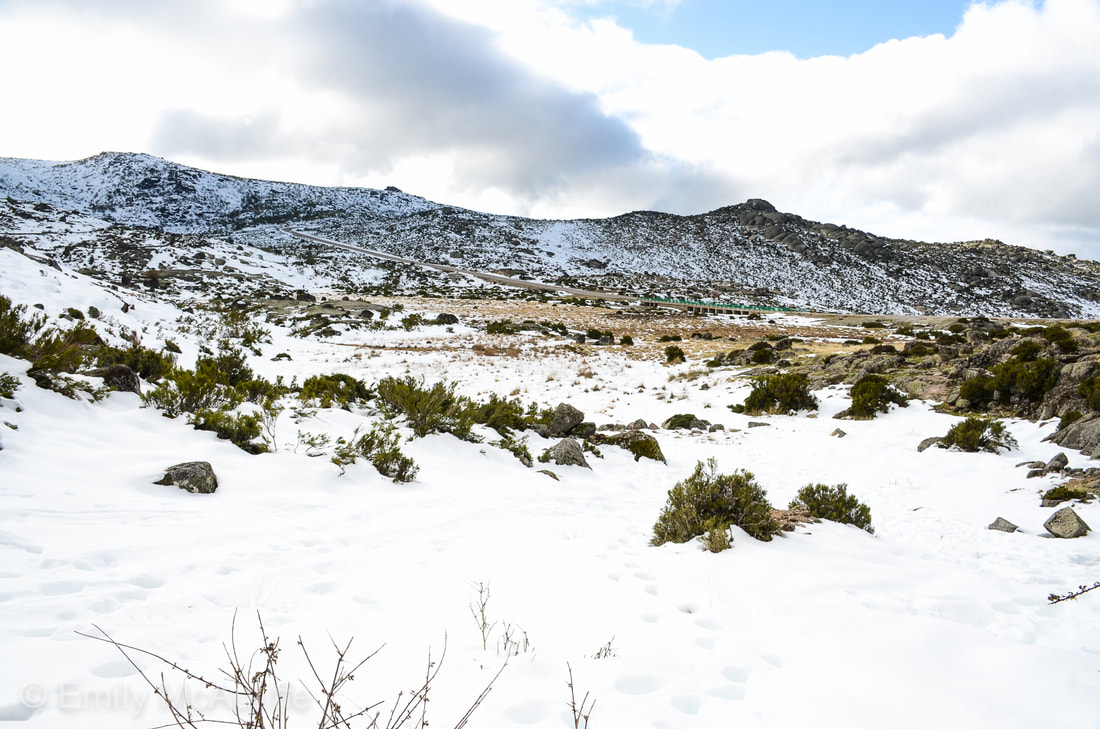
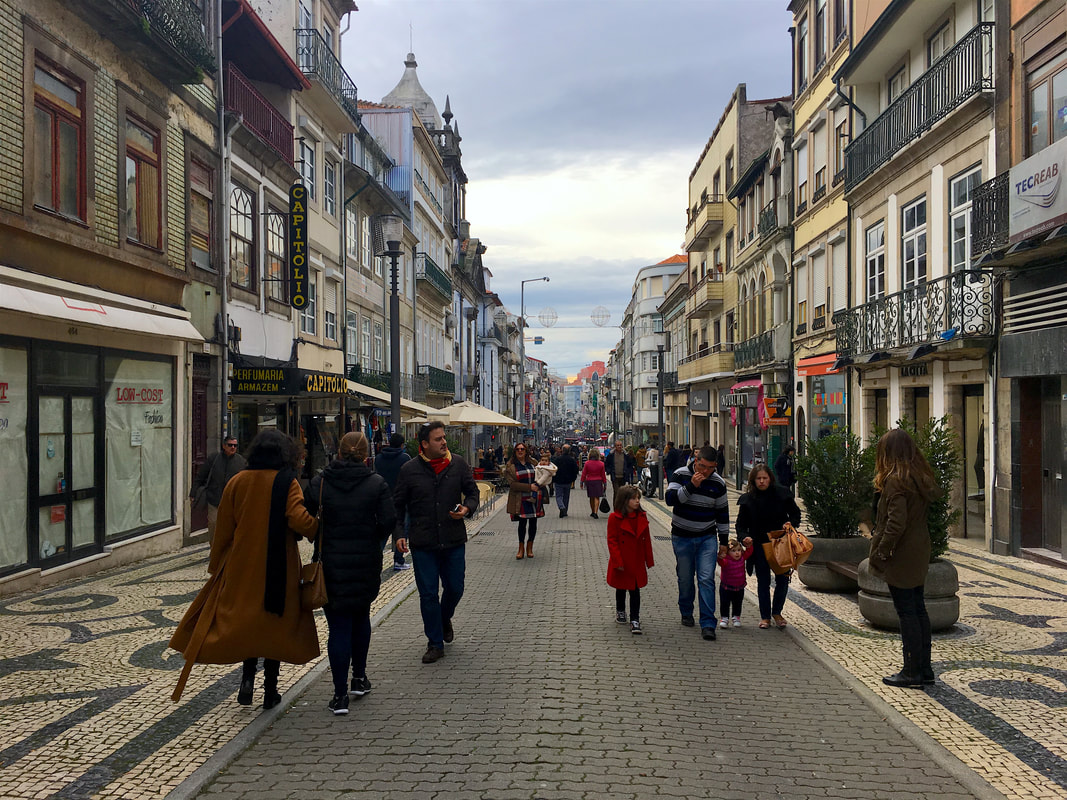
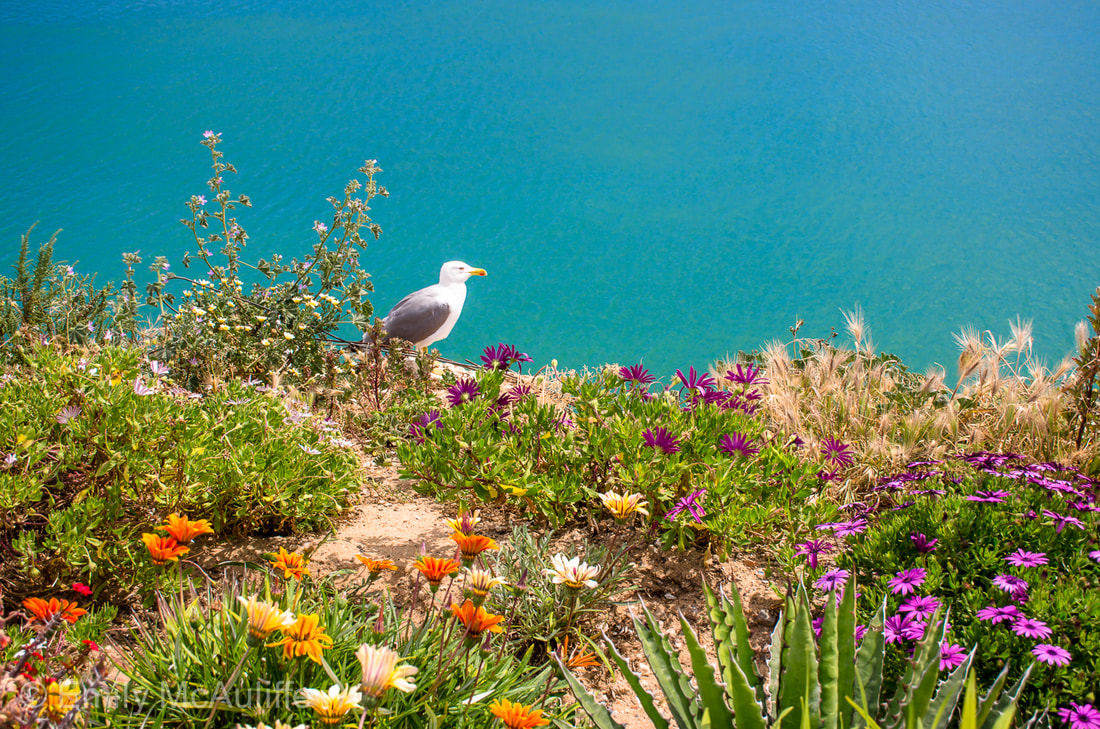
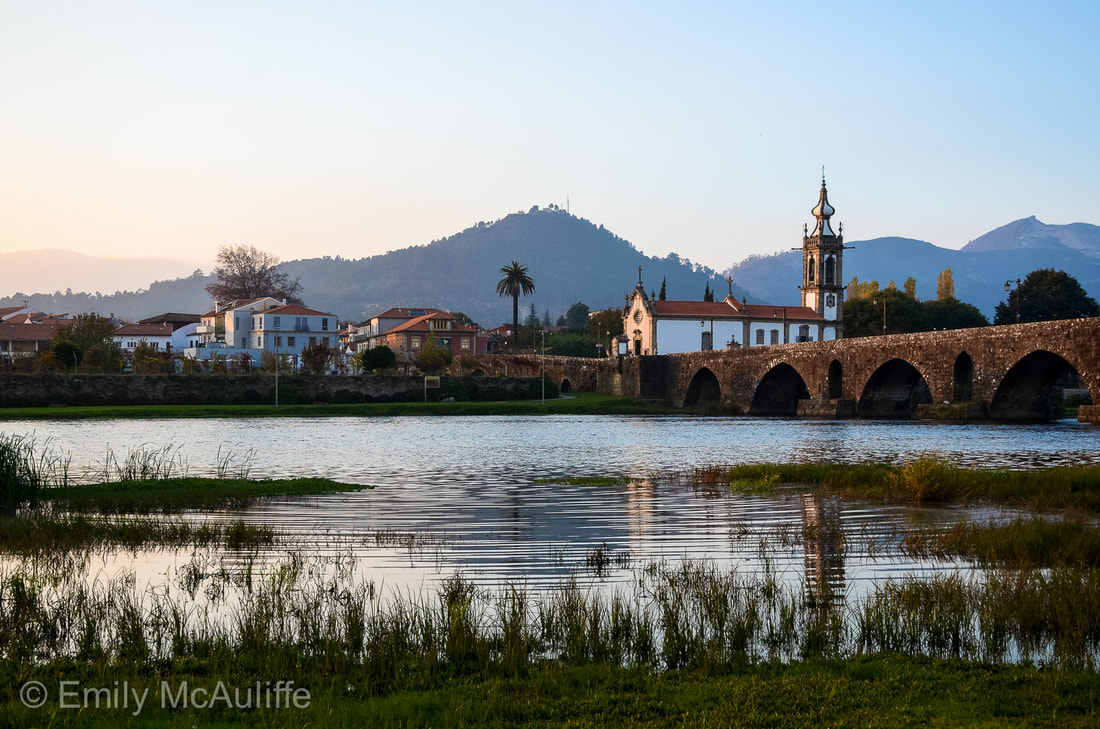


 RSS Feed
RSS Feed